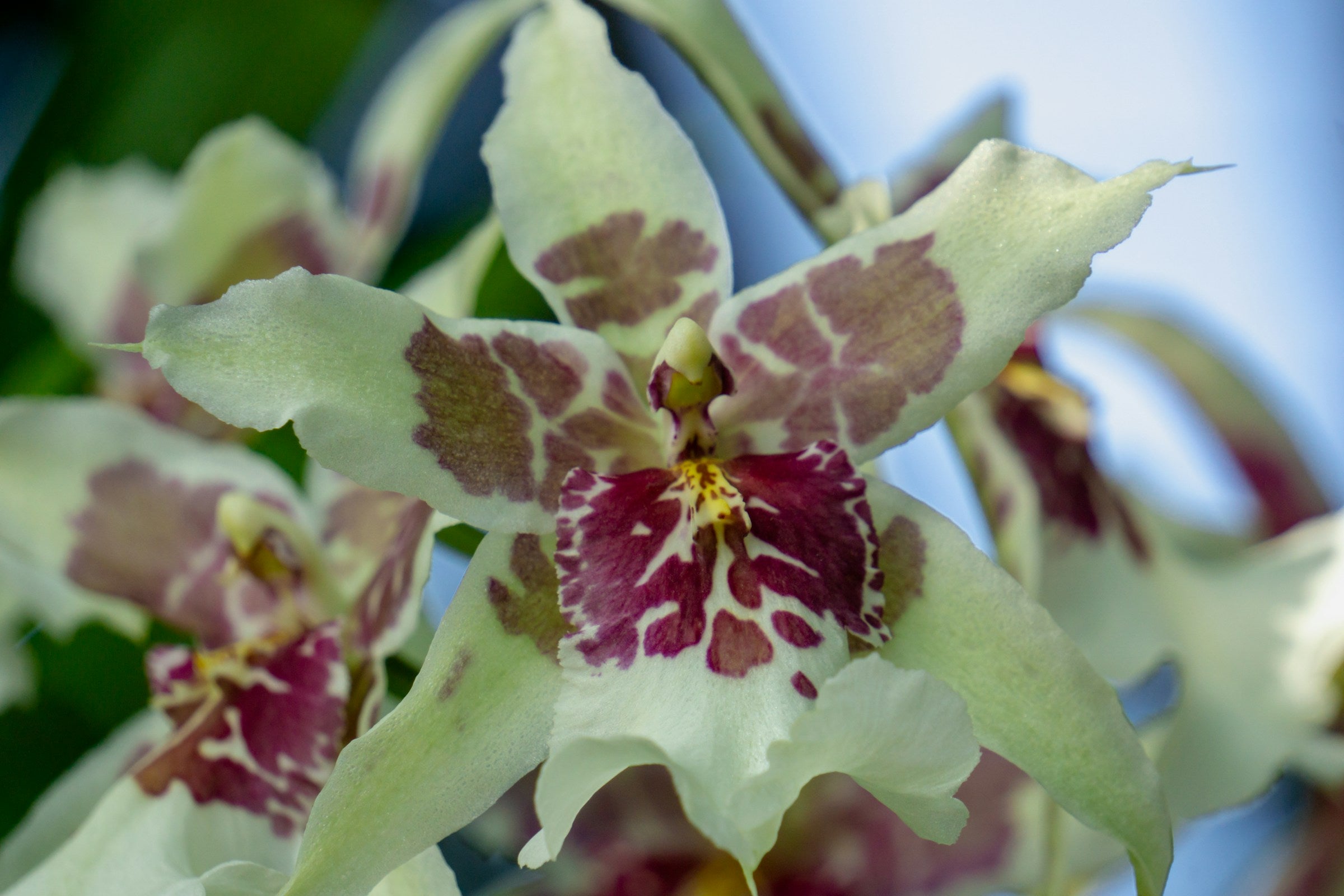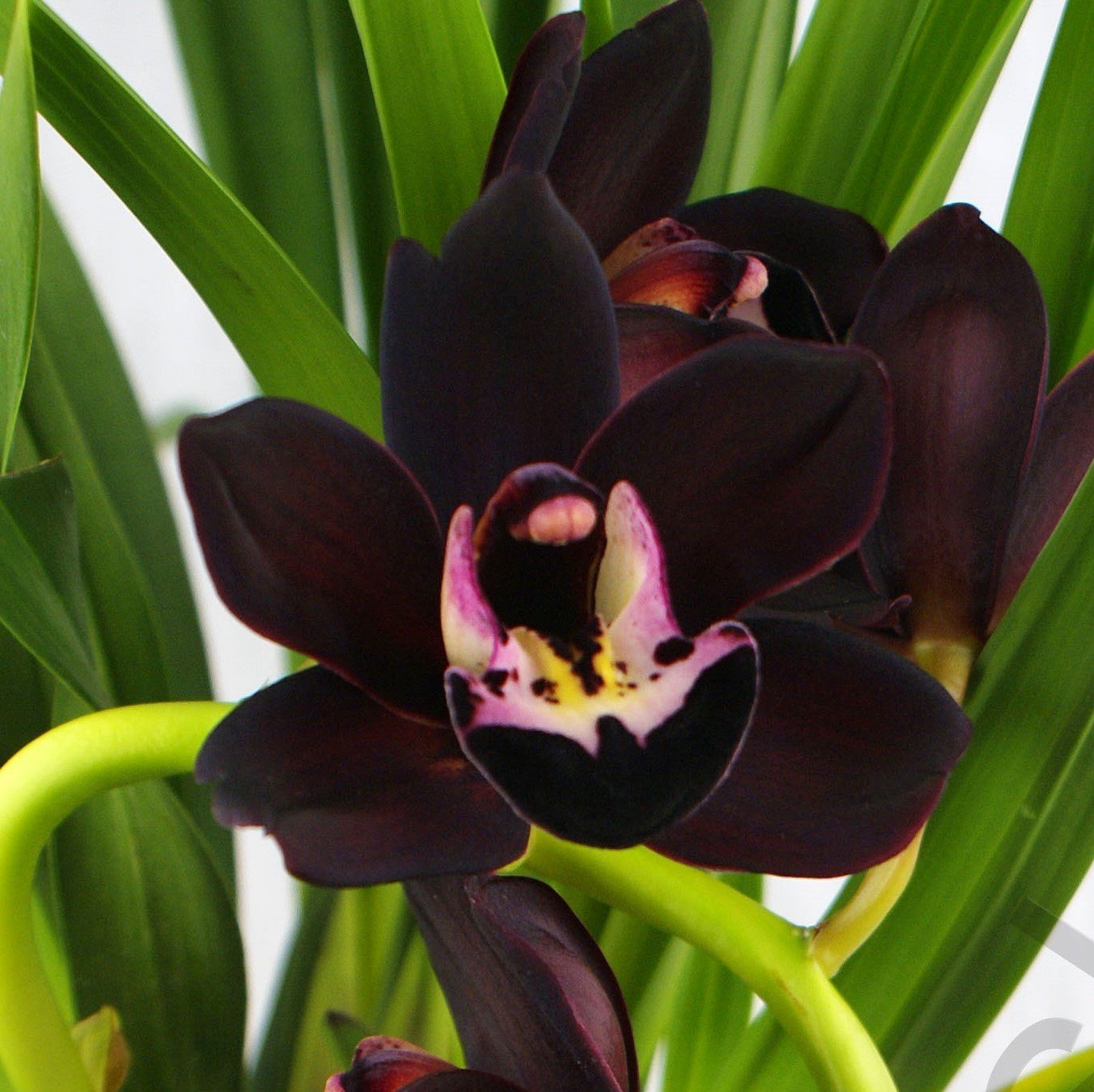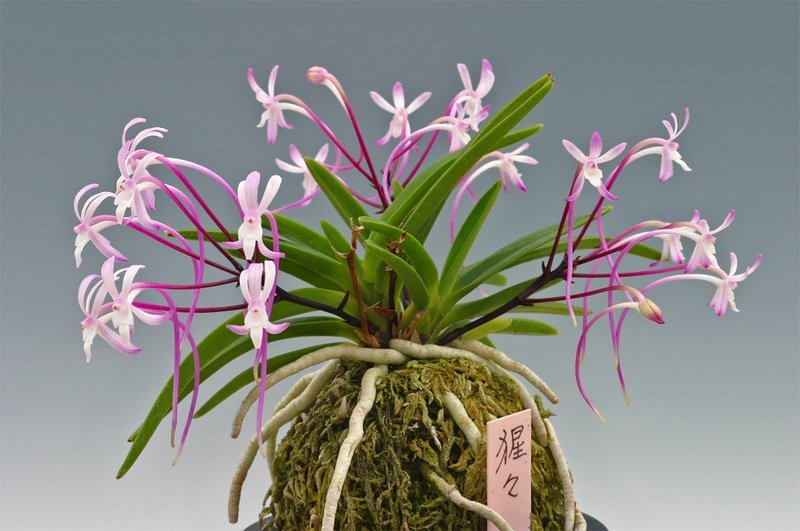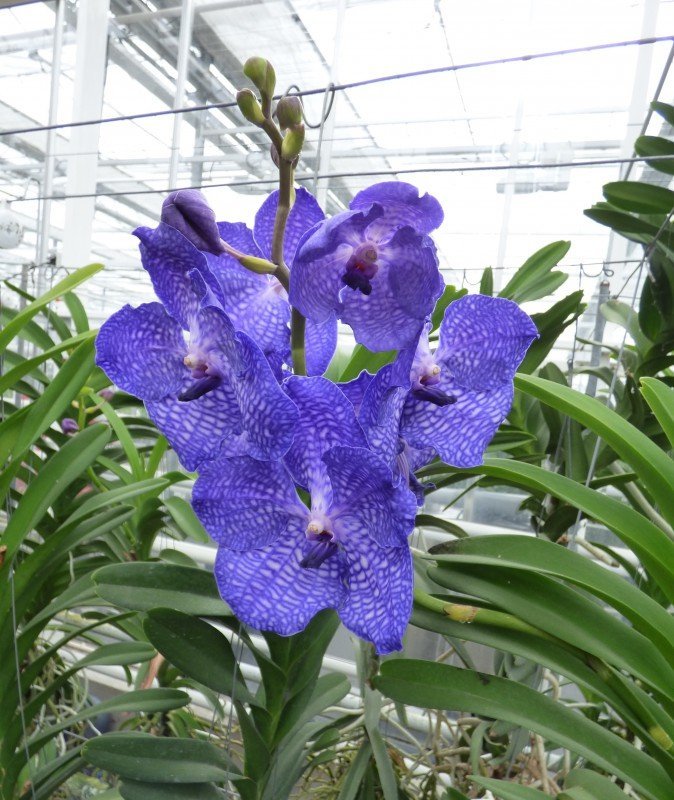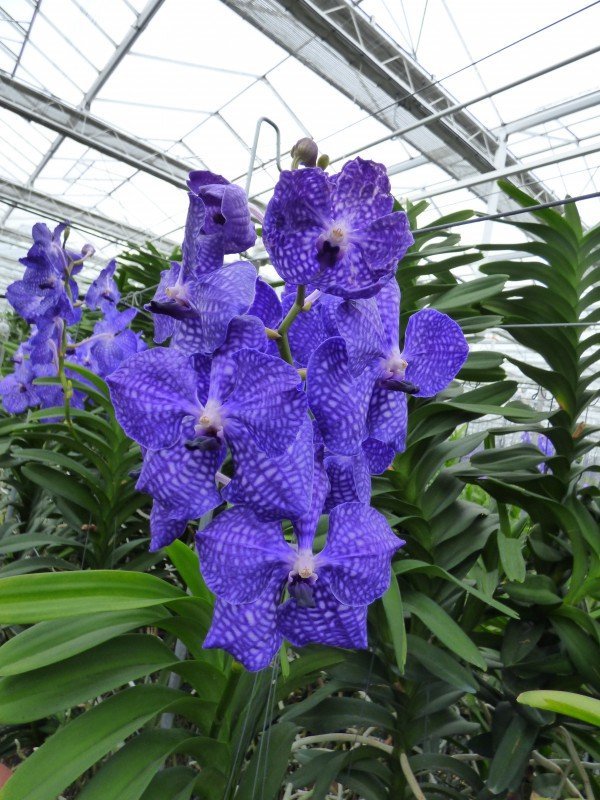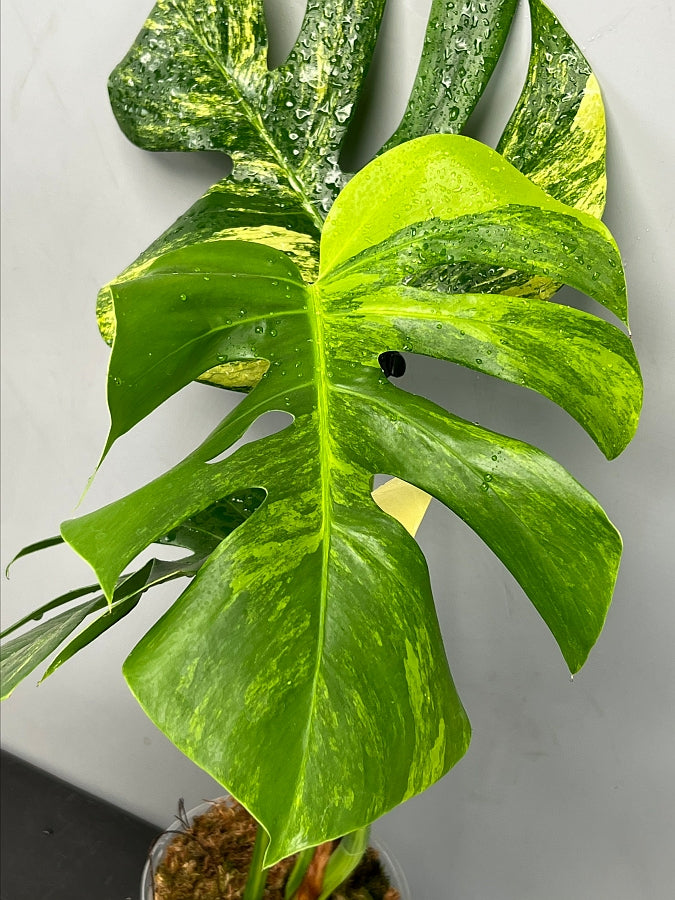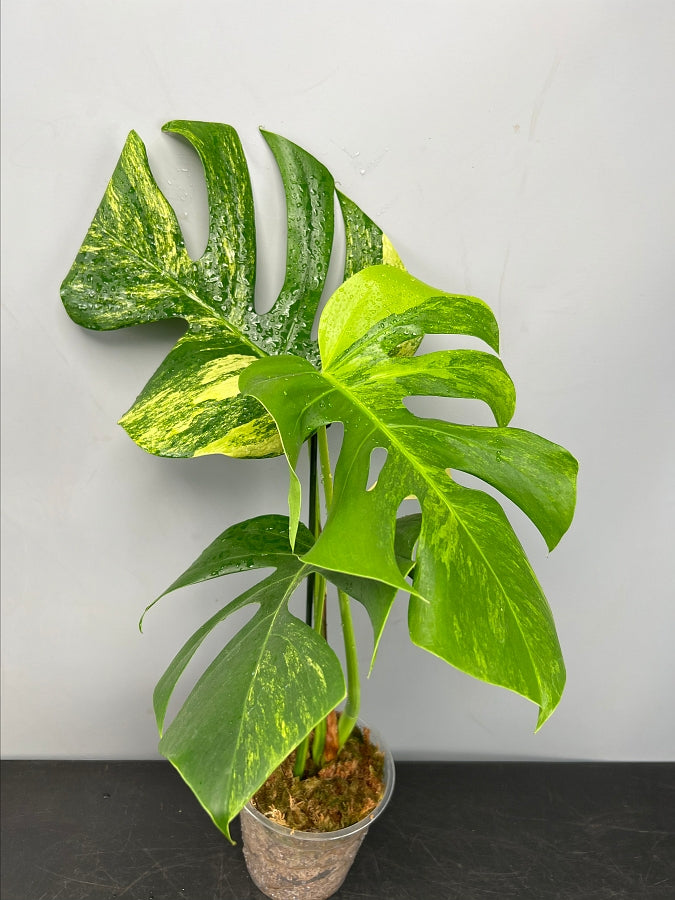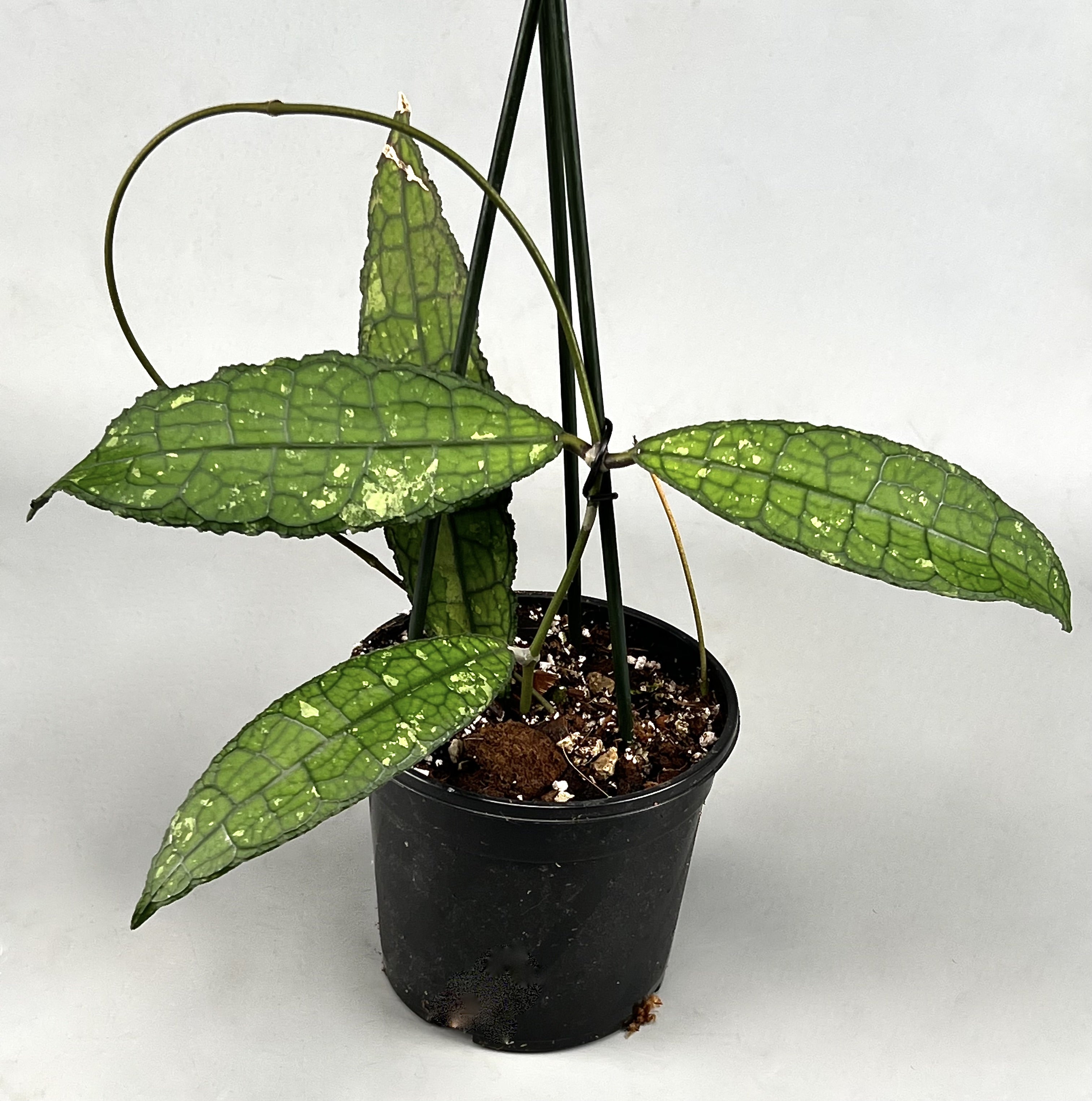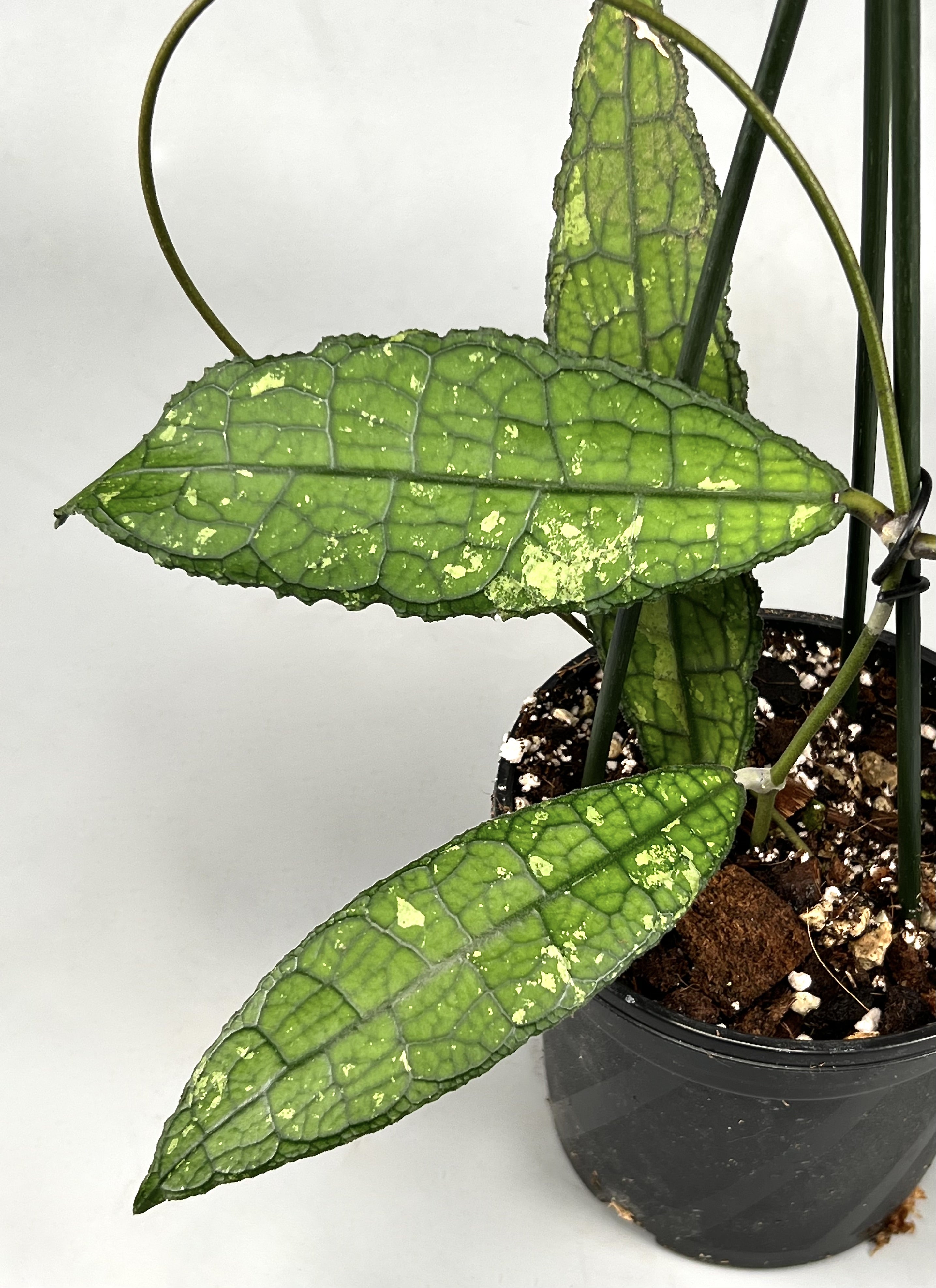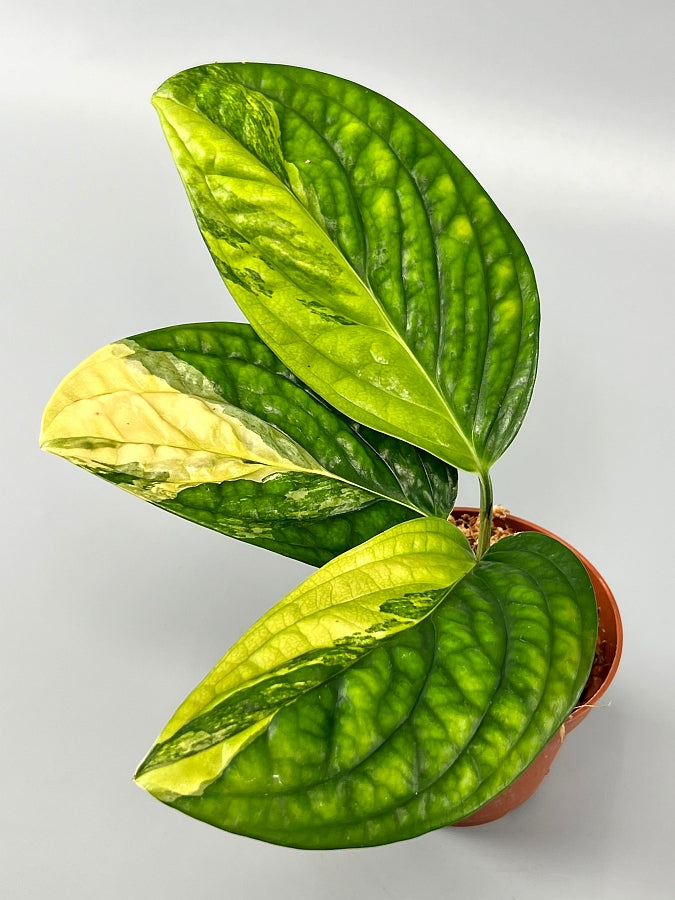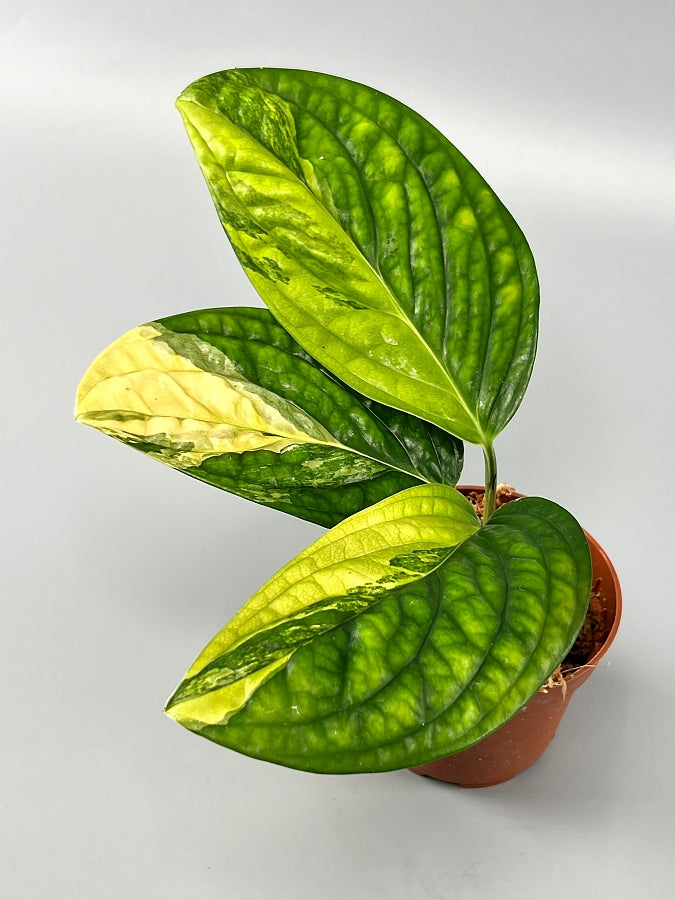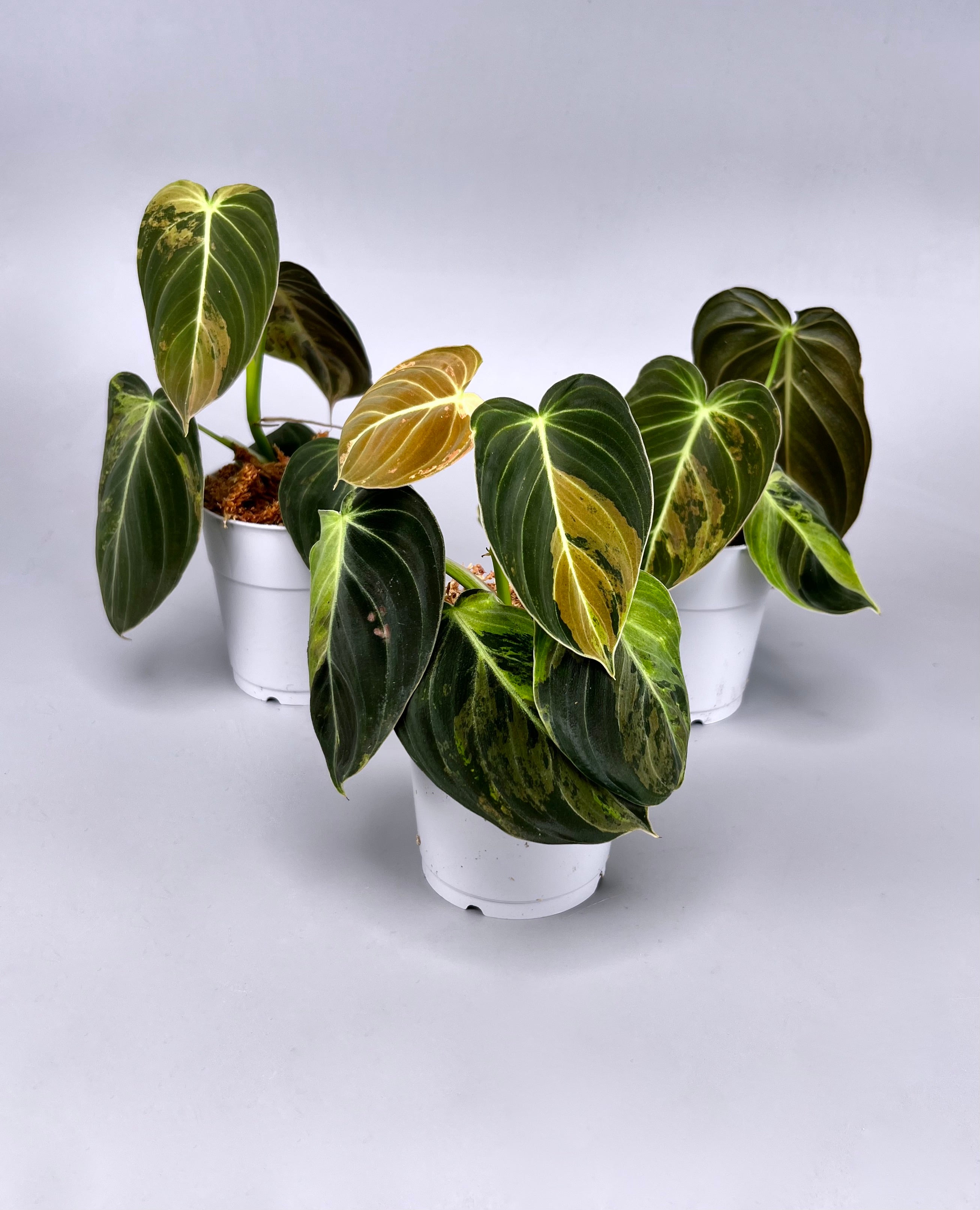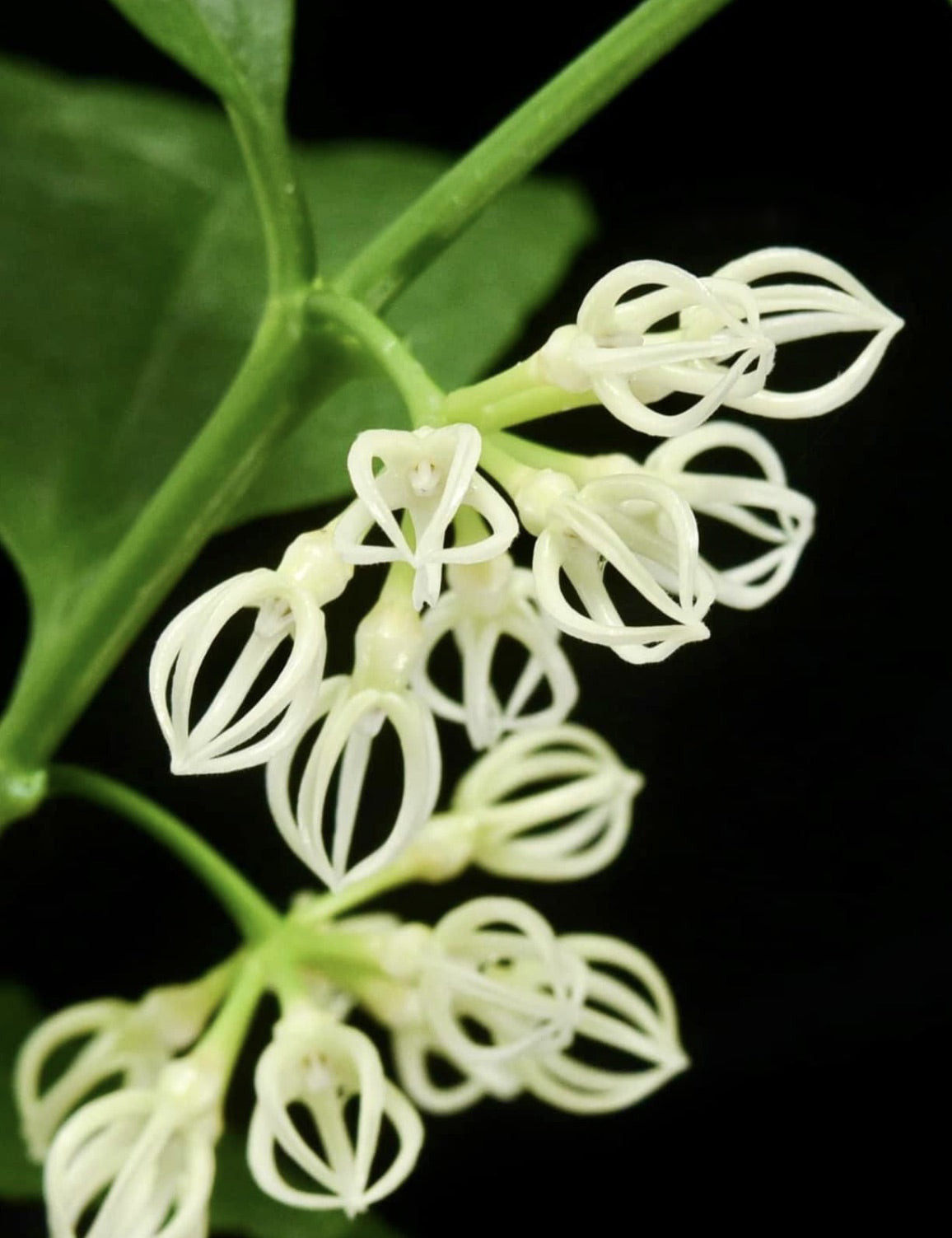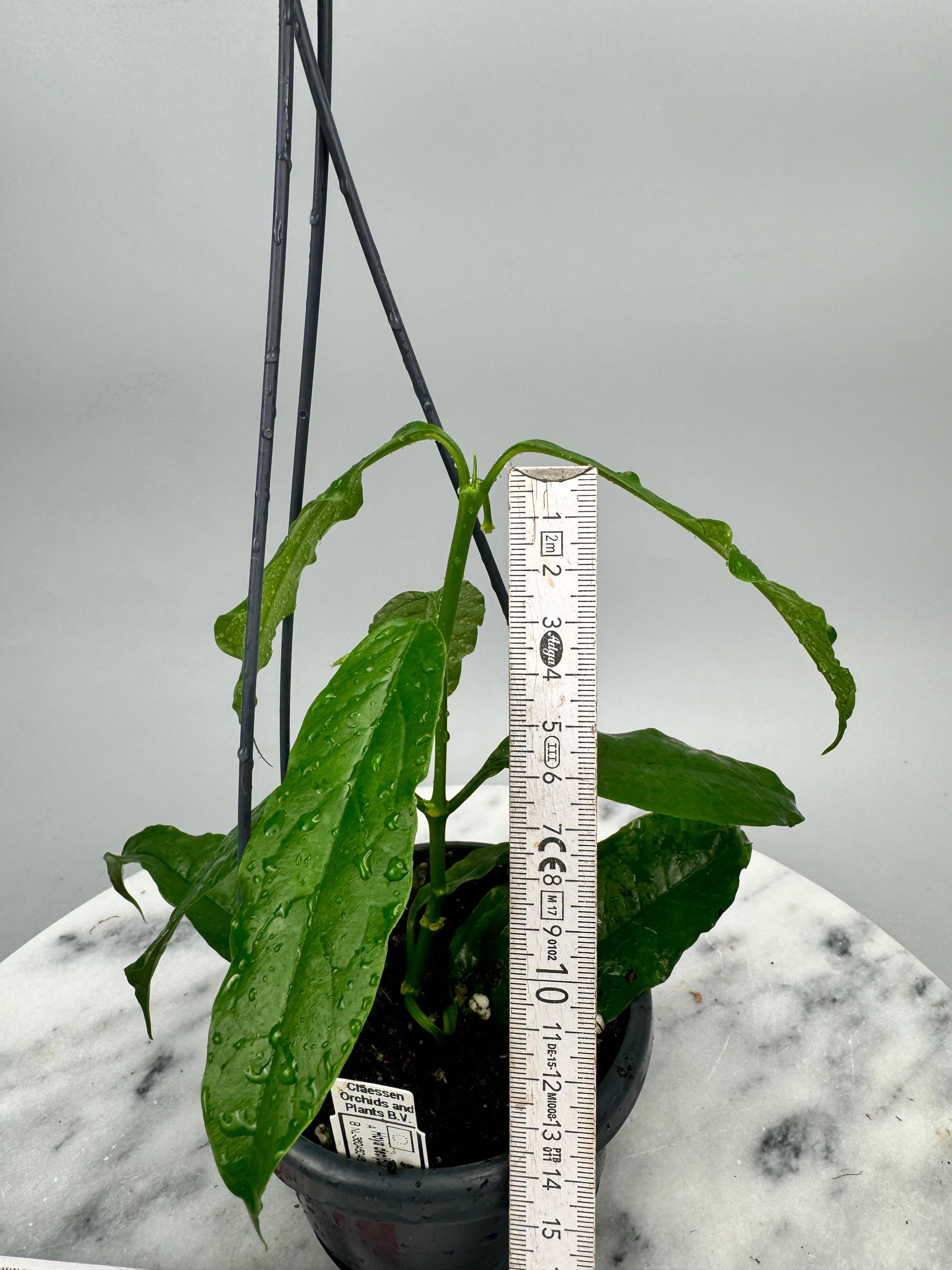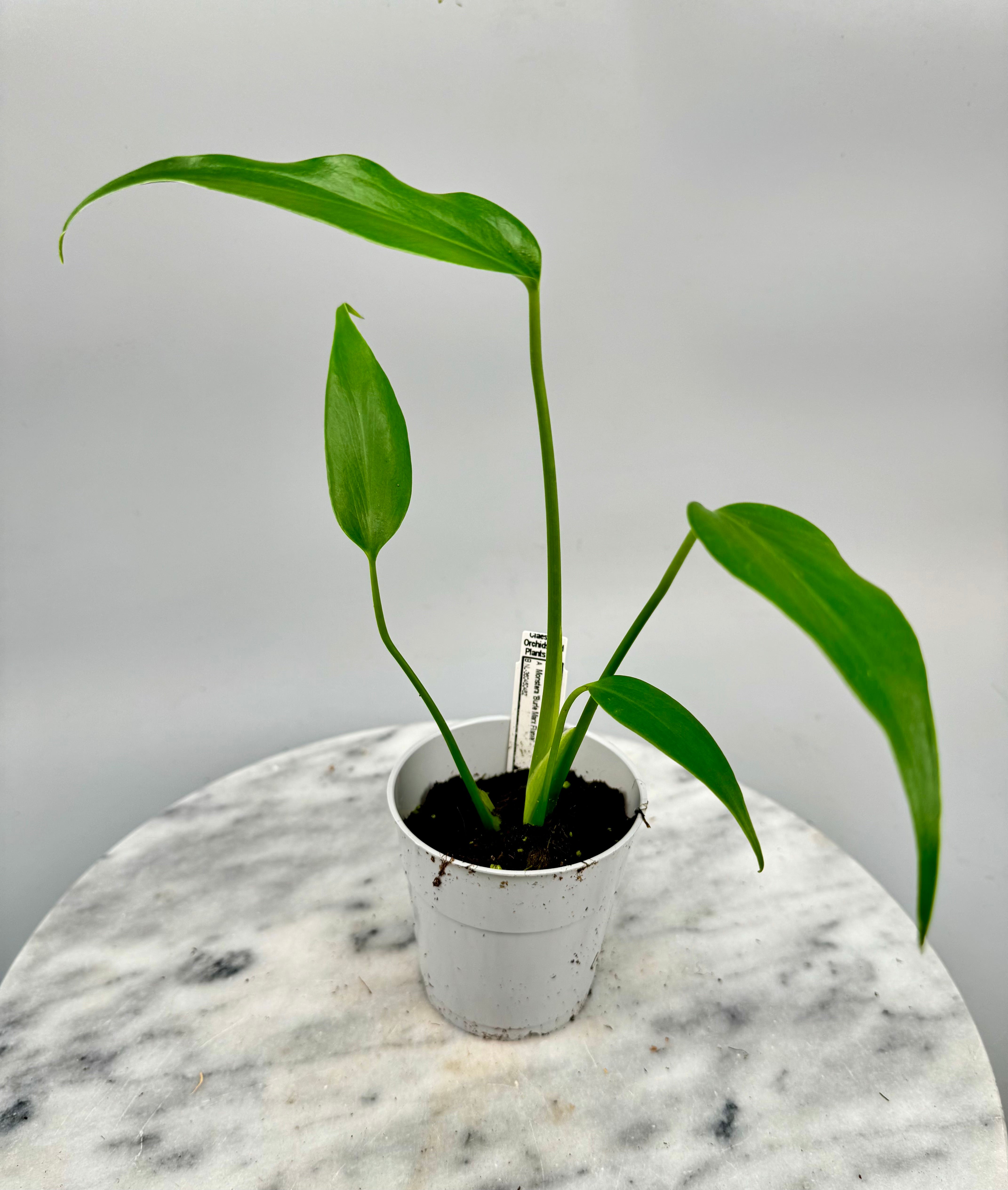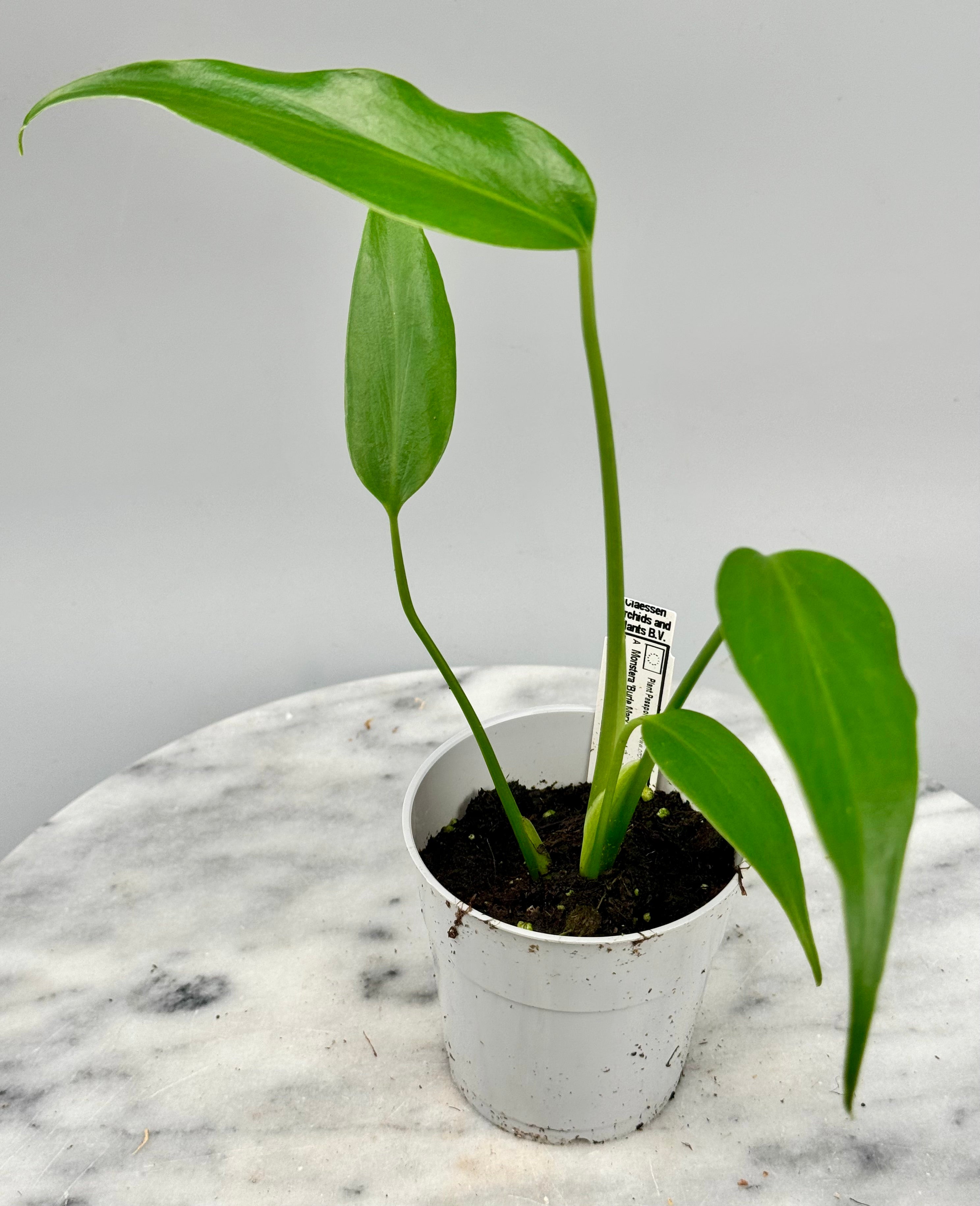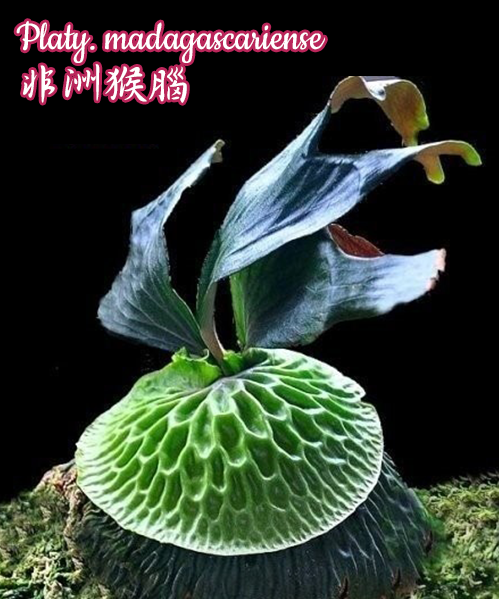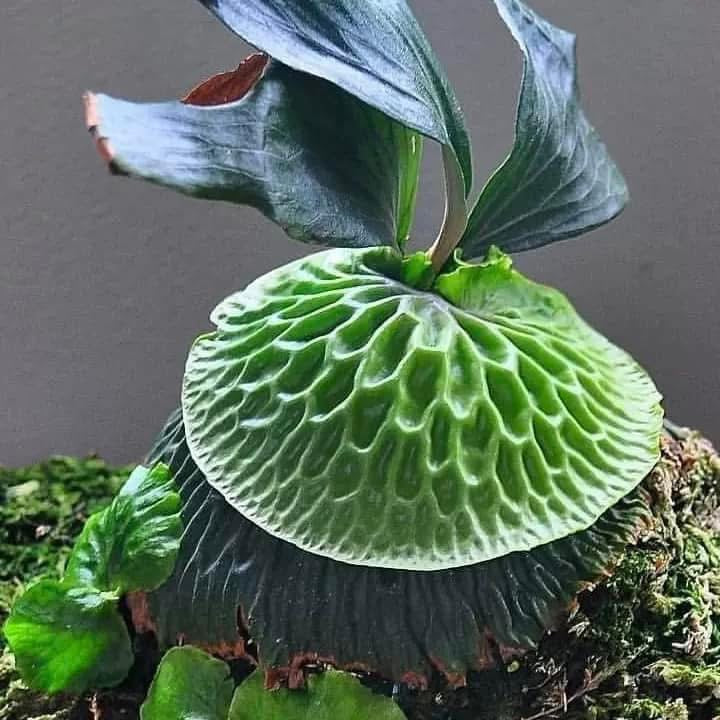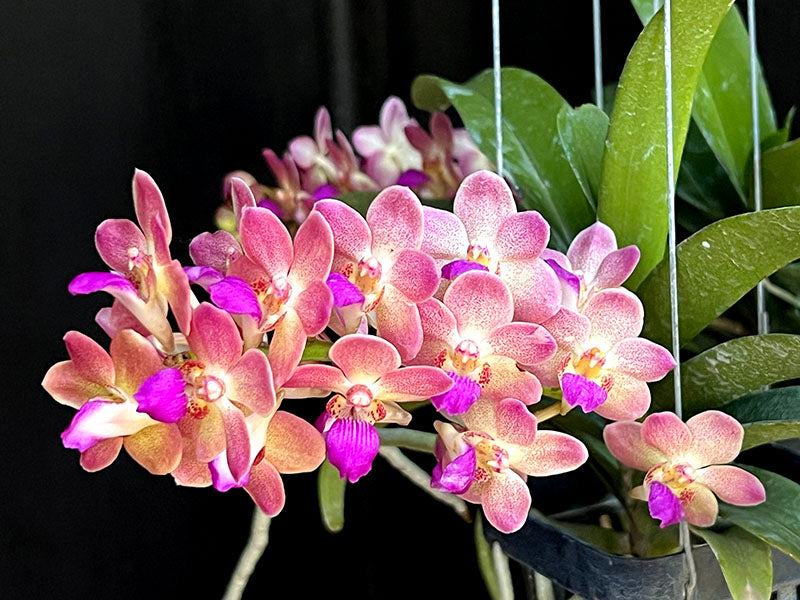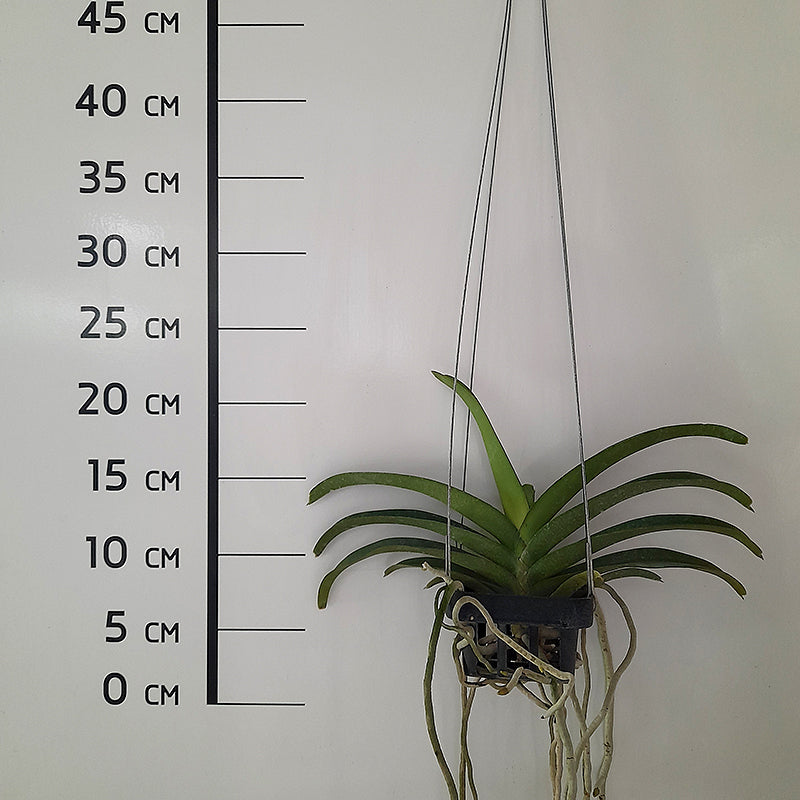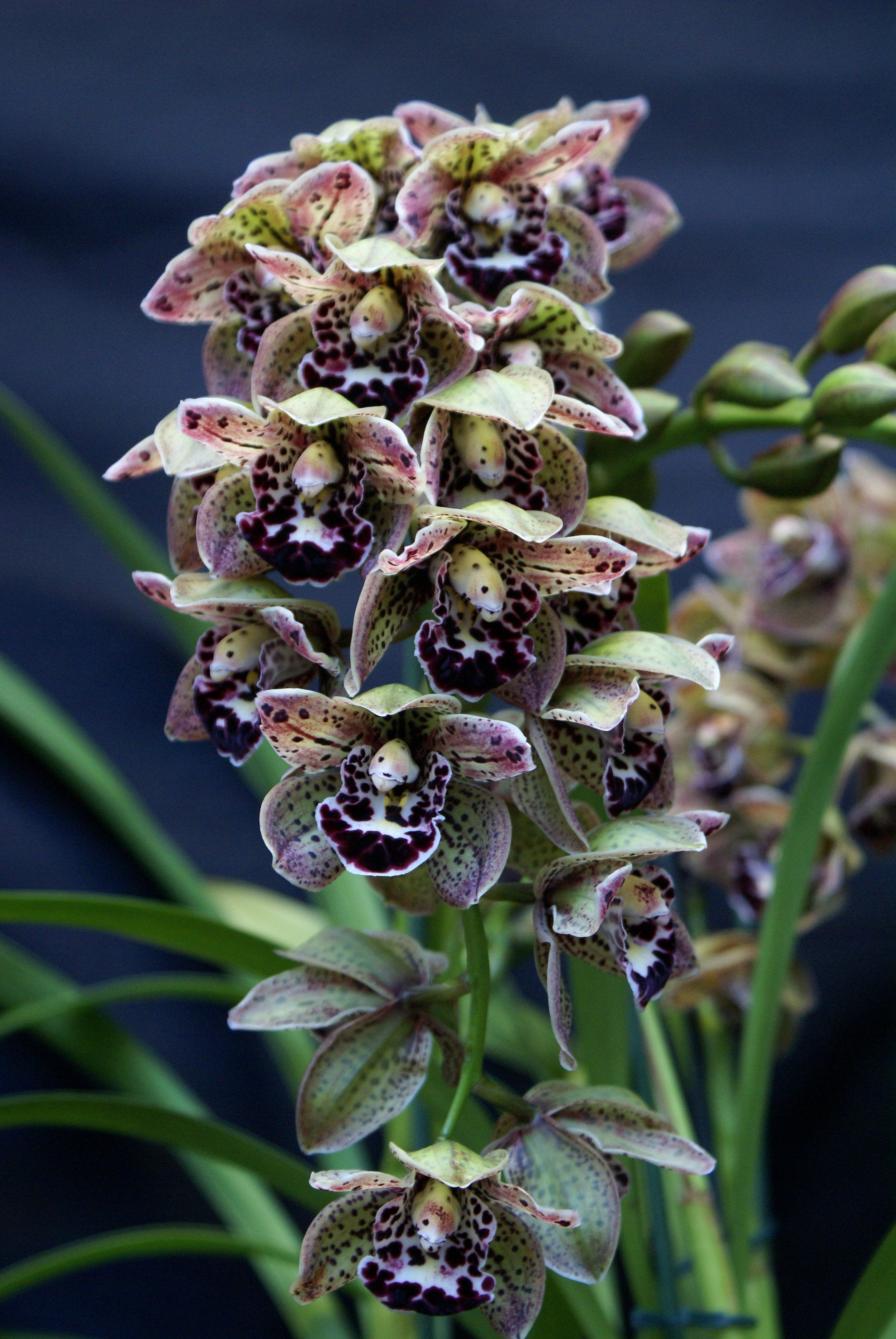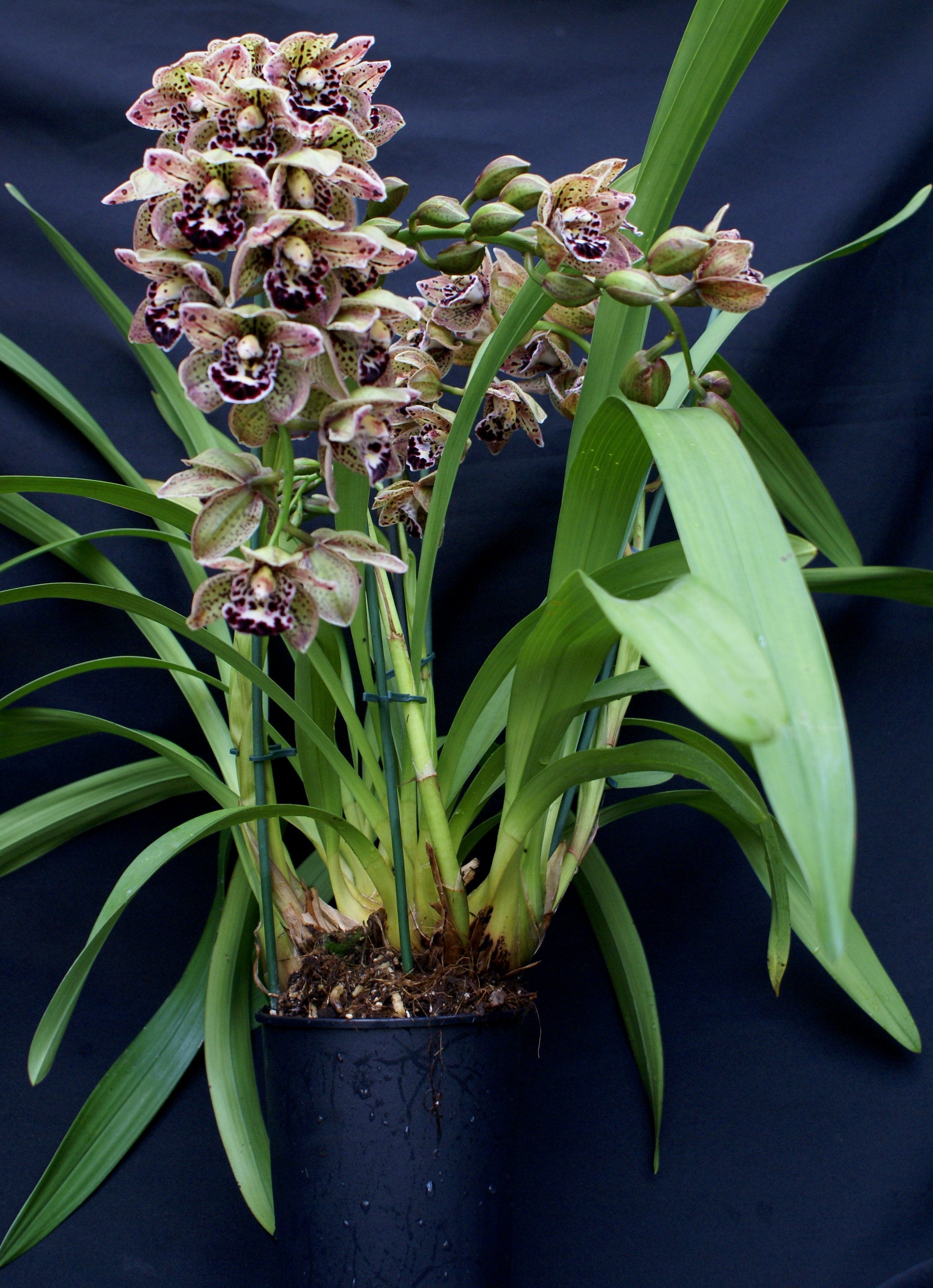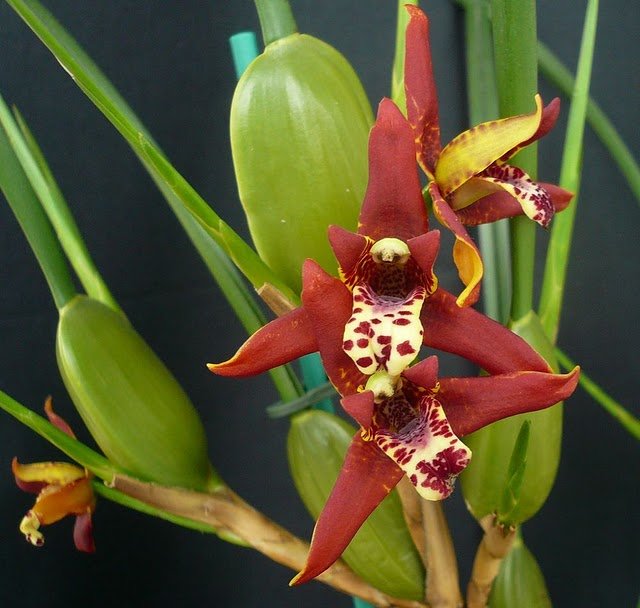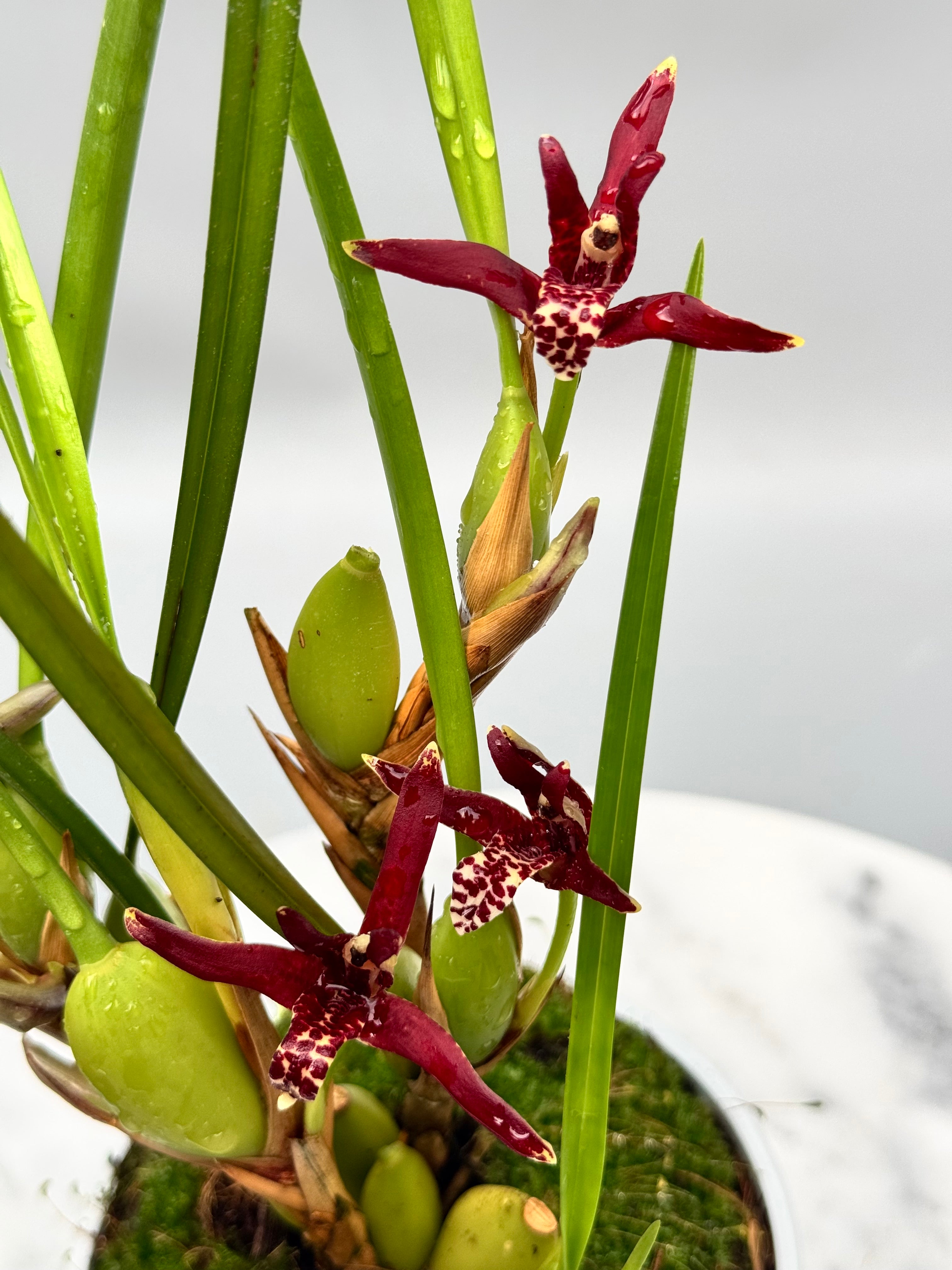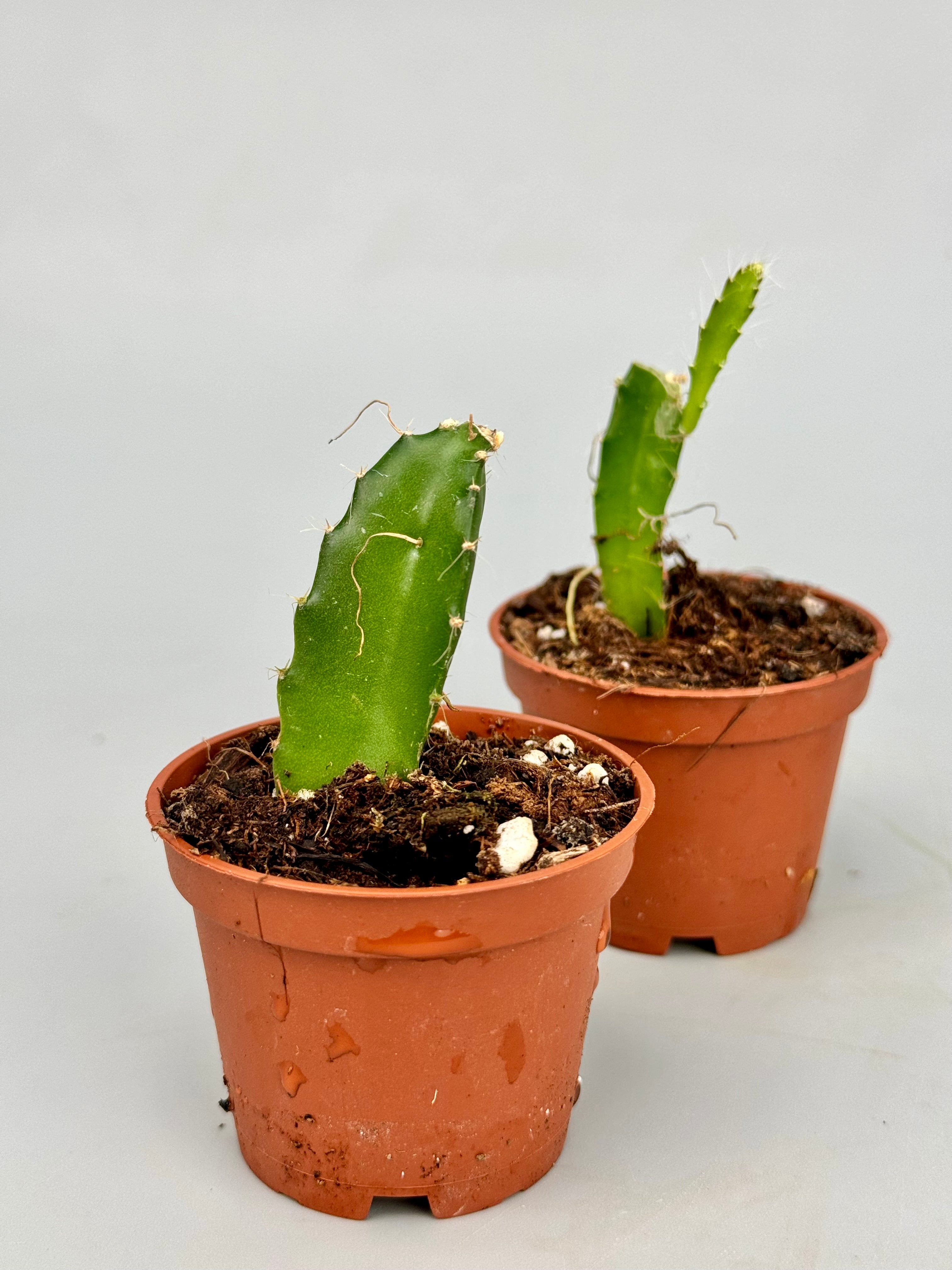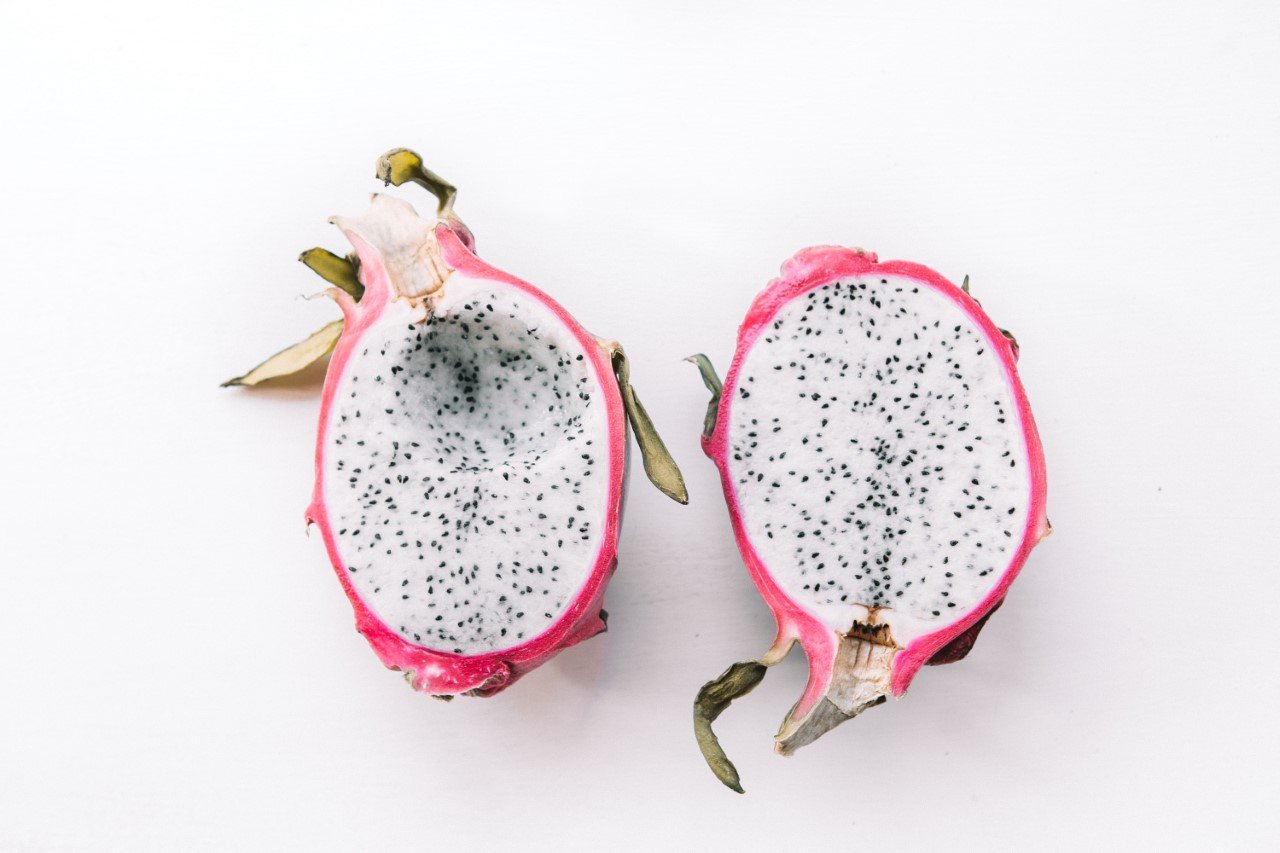An orchid that is not much known to novice plant lovers, but deserves attention, is the Beallara orchid (Bllra.). This orchid genus evolved from a mix of the Brassia, Cochlioda, Miltonia and the Odontoglossum. A more complex mix that makes for incredibly diverse but distinctive characteristics.
Characteristics and flowering
This orchid can reach an eventual height of 150 centimeters. Its leaves are oblong and can reach 60 centimeters in length. When flowering, an orchid will have 14 to 16 flowers in optimal conditions and at maturity. Flowering can last up to a month. The varieties that have been bred are very diverse in color and even shape, making it a very interesting hobby orchid.
Care and climate
The Beallara is an orchid that likes a temperate climate. It likes to stand in temperatures of 18-21 degrees Celsius, with the night temperature allowed to drop to 13-15 degrees Celsius. Temperature fluctuations, such as due to drafts this orchid dislikes. But this orchid also hates wet feet. So leave the orchid in a substrate with good drainage and do not leave the roots in water for too long. Water only when the plant is almost dry, but make sure the plant does not lose moisture by being too dry (you can measure this by whether the pseudobulbs start to dry: then it is time to water). In addition, it is important that the orchid is growing well to have enough energy for longer flowering. In addition, indirect sunlight is essential. Direct sunlight can cause damage to the orchid. Repotting may be done about once every two years with medium/fine bark. Optimal humidity is between 55% and 75%.
Fragrant Beallara
In addition, did you know that some Beallara give off a fragrance? Some species are fragrant, but there are also quite a few Beallara that do not emit fragrance. The fact that some varieties do not emit fragrance and others do may have to do with the complexity of the hybrids.

